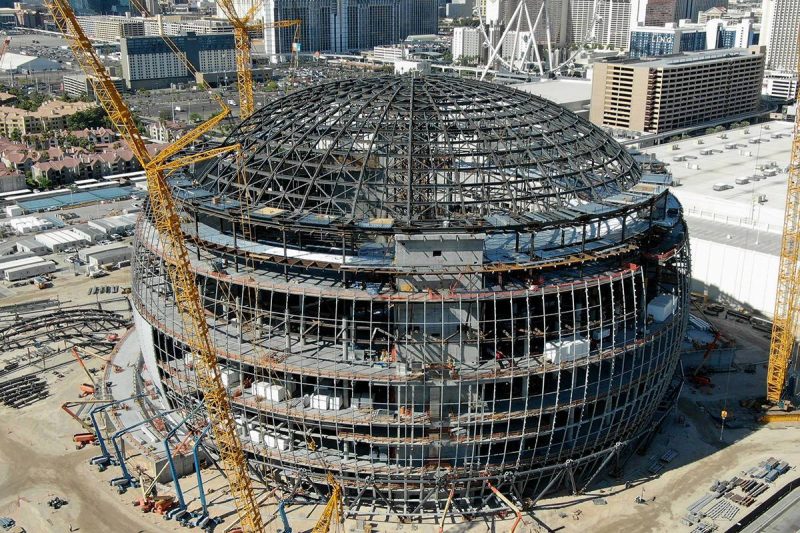
DOOH omnichannel: do ponto físico ao engajamento digital

Golden August: How to celebrate in your company?
You, as a leader or employee aware of the importance of health and well-being, can take advantage of the month of August to address a relevant and essential topic: “Golden August”. This campaign aims to promote awareness about the importance of breastfeeding and its benefits for the health of the mother and baby. Incorporating this theme into the company's internal communication is a valuable opportunity to encourage actions that support the health and comfort of all employees who are mothers or want to be.
Check out this article about what “Golden August” is, the importance of addressing this topic and tips for actions in internal communication.
Internal communication is a powerful tool for disseminating relevant information and promoting awareness among employees. By addressing Golden August in the company's internal communication channels, you can reach a large number of people, helping them understand the relevance of breastfeeding and encouraging the creation of an environment that supports mothers and their choices.
By sharing information about the benefits of breastfeeding, the challenges mothers face during this time, and the company's role in supporting them, you will be creating a more empathetic and welcoming work environment. Additionally, internal communication can be a way to offer support and resources to help mothers who want to continue breastfeeding even after returning to work.

Action tips to address “Golden August” in the company:
1. Real Stories:
Ask mothers who managed to balance breastfeeding and work to share what their experience was like and what challenges they faced. After collecting the testimonials, transmit them through the Corporate TV. These real stories can inspire other mothers and show that it is possible to find solutions to make this period easier.
2. Visual campaign:
Use the Corporate App to send a message, calling on employees to wear a piece of clothing or some accessory in gold or yellow on a specific day for internal action. You can also use the color gold in visual elements in the company, such as posters, banners or themed emails. This will draw employees' attention to “Golden August” and reinforce the message of support for breastfeeding.
3. Information and awareness:
Use the Corporate TV and the Corporate App to share information about the benefits of breastfeeding for the health of the baby and mother. Also include data on exclusive breastfeeding in the first six months of the baby's life, as recommended by the World Health Organization (WHO).
To help you create an even more complete campaign, we have prepared an animation that is available for free, which you can download here in this article and promote on your channels.
If you don't already have one Corporate TV in your company, or if you already have one, but want to know our differences, contact us right now and come and be part of the group of most satisfied customers in Brazil!
Continue reading
Las Vegas MSG Sphere: An innovative experience powered by LED panels
Have you heard of MSG Sphere in Las Vegas? If you're looking for a truly innovative entertainment experience, look no further than Las Vegas' MSG Sphere. This stunning sphere is redefining the limits of technology and entertainment, offering an immersive audiovisual experience like no other.
Check out this article, what exactly MSG Sphere is, how LED panels play a crucial role in this experience and the advantages of using these panels to attract customers.
Las Vegas' MSG Sphere is an architectural innovation that combines state-of-the-art engineering with advanced audiovisual technology. Created by MSG and Sphere Entertainment, with a diameter of approximately 156 meters, height of 112 meters and capacity for 17,600 people. This sphere stands out as an emblematic landmark in the “city of sin”. Although it is already in the testing phase, the first major event will take place on September 29th, with a concert by the band U2.

At the center of the MSG Sphere is an incredible LED which wraps around its entire interior, providing a 360-degree visual display that immerses visitors in a world of immersive entertainment.
The panels of LED play a crucial role in creating this unique experience at MSG Sphere. With millions of LEDs High resolution, these panels deliver stunning, vibrant image quality. Through the combination of these LEDs the sphere is capable of creating incredible visual illusions and transporting viewers to an entirely new environment.

Imagine watching a musical show where the screen LED transforms into a virtual stage, accompanying the music with surprising visual effects. Or imagine being at a sporting event where every move and play is magnified and displayed on an impressive scale, taking the experience to a new level.
Las Vegas' MSG Sphere is a dynamic experience. With their stunning visual power, dynamic display capabilities, and flexibility in customizing content, dashboards LED they are a powerful tool for attracting customers and engaging them in an immersive experience. By adopting this technology, companies can stand out from the competition, create a lasting impact and achieve extraordinary results.
The panels of LED They have several advantages to attract customers, such as vibrant colors, intense brightness and the ability to display dynamic content. They stand out compared to static advertising, catching the public's attention and transmitting messages and promotions clearly and effectively.
Here at B2 Mídia we are experts in digital signage, and one of our solutions is the implementation of dashboards LED. Therefore, we are ready to help make your business more attractive. Our experienced team offers customized solutions, from the implementation of dashboards to LED to content management. With our expertise, you will be able to make the most of all the advantages of LED, highlighting your company and reaching a larger audience.
Enter in contact Contact us today and discover how we can boost the success of your business with our solutions and come be part of the group of most satisfied customers in Brazil!
Continue reading